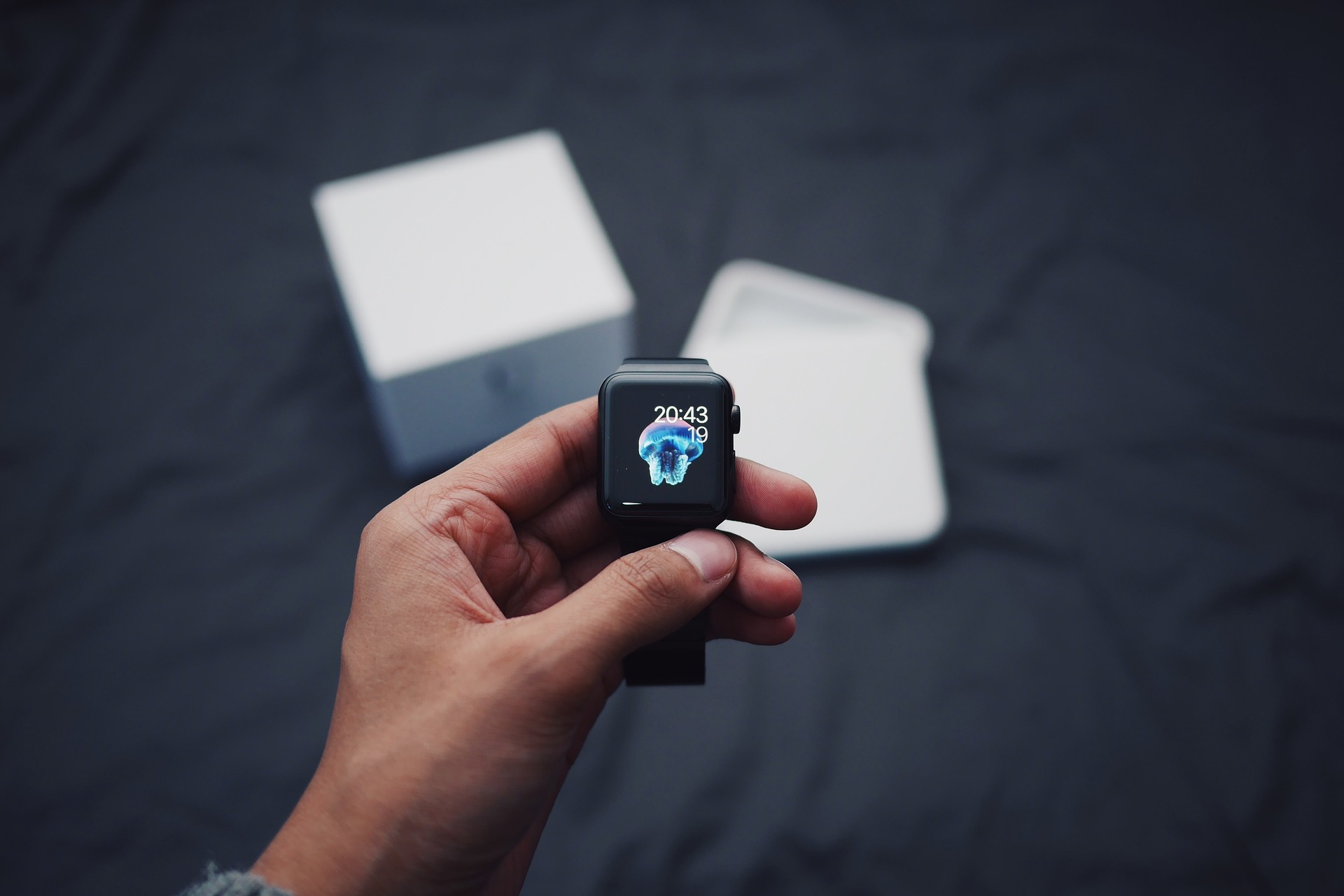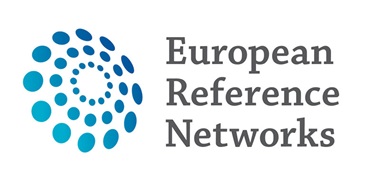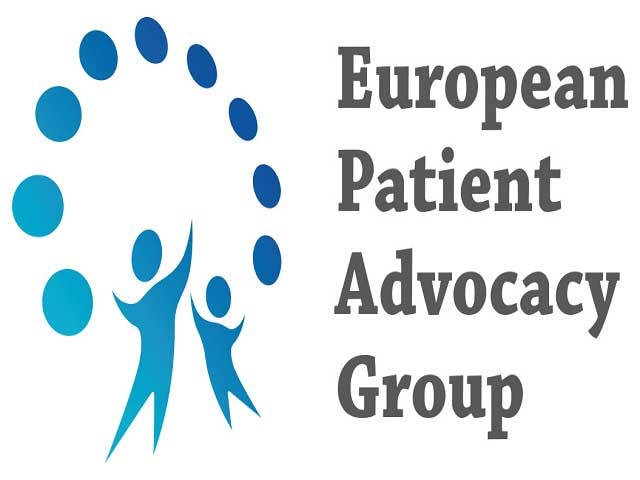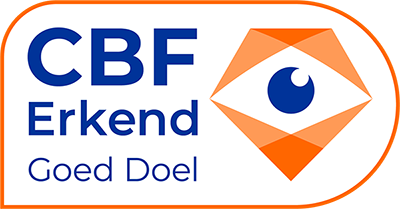What is eHealth?
What are my benefits from eHealth as a patient?

eHealth is actually remote care. The application of eHealth not only benefits patients but also healthcare providers.
Why eHealth?
The reasons for using eHealth are numerous.
The patient can be given simpler, better and quicker care. The patient will travel less often to the hospital, for example, which is not only less burdensome but also cost-effective. The patient has access to all medical data in one place (personal health record-PHR) and has control over who can see which data. Medical data is accessible from almost any location. During a visit to a physician abroad during holidays, the right information is also available such as allergies and medical history. Ongoing and completed medical treatments are also available.
By better monitoring the health of a patient, there are fewer emergency admissions and preventative action can come future issues.
For doctors, a personal consultation can be more effective and efficient especially when the medical data is available electronically in advance. In addition, the doctor can determine in advance the extent to which a visit by the patient is necessary. The doctor is able to take preventive action based on tests rather than when a medical incident occurs. Because the doctor mainly sees patients who need urgent and personal medical care, the number of patients seen by the doctor will decrease and the patients are given more time, which is beneficial to both the patient and the physician.
For society, and therefore for everyone, the cost aspect is important. We are living longer and therefore with increasing health issues, which lead to increasing care demand and care costs. This means that the care costs for society will also increase, which is ultimately paid for by all of us.
What do I get from eHealth?
The number of hospital visits is usually less and is limited to when it is really necessary. How often is the travel time (and waiting time) a major strain on both the patient and the environment, especially for the elderly or infirm? And all that effort for an average visit of 10 minutes.
As a patient you have the overview and control of all (medical) data. Your data is in one place and can be accessed practically from any location (also from abroad if you are on holiday for example).
Based on medical data and tests which you perform at home, problems can be discovered quickly and can be dealt with on time. In fact, this diagnosis is remote. It is becoming more common, especially with skin conditions, that by making a photo with a smartphone and sending it to a dermatologist (or using special software in the form of an ‘ app ‘) a diagnoses can be made without visiting a doctor.
The instruction sheets delivered with medications are often difficult to read, also because of the medical terminology used. Supplementing the paper leaflet by an instructional video is an excellent addition. Another example is an instructional video for wound care at home.
Before you visit a medical specialist you can provide the doctor all sorts of (medical) data. This allows the specialist to better prepare and make the consultation more effective and efficient.
How is care given now?
Take, for example, a patient with a chronic condition who is going to make an appointment for a routine check-up at a hospital.
First, an appointment must be made with the GP who then makes a referral for a medical specialist in a hospital. After that, an appointment must be made at the medical specialist. The patient may have to wait months because the specialists have long waiting lists. Once at the hospital, the patient is seen by one or more nurses, possibly a doctor in training, and then the medical specialist himself. The patient describes the symptoms, a number of standard tests are done (such as blood pressure), and if everything is okay, a new appointment is made for the next check-up. Possibly the patient has to go to the pharmacy for medications. All this takes a lot of (waiting) time, such as waiting for the actual visit and there are many people involved. As a result of the time spent by several caregivers, this is a quite costly process.
Development of care in the near future
The routine visit has become obsolete through the use of digital applications (eHealth). Medical specialists can monitor data that patients give by measuring themselves at home. This is possible with blood pressure and heart rate, but also for blood sugar for diabetics as there are sensors being developed that that measure without using a needle. In case of an anomaly, the medical specialist can make direct contact with the patient using an internet video connection. In The Netherlands this is already implemented at cardiology centres where the figures speak for themselves: 40% fewer nursing days, 70% fewer urgent visits and 30% less use of an ambulance. In addition there are advantages, both medically and psychologically, for the patient and his/her relatives.





